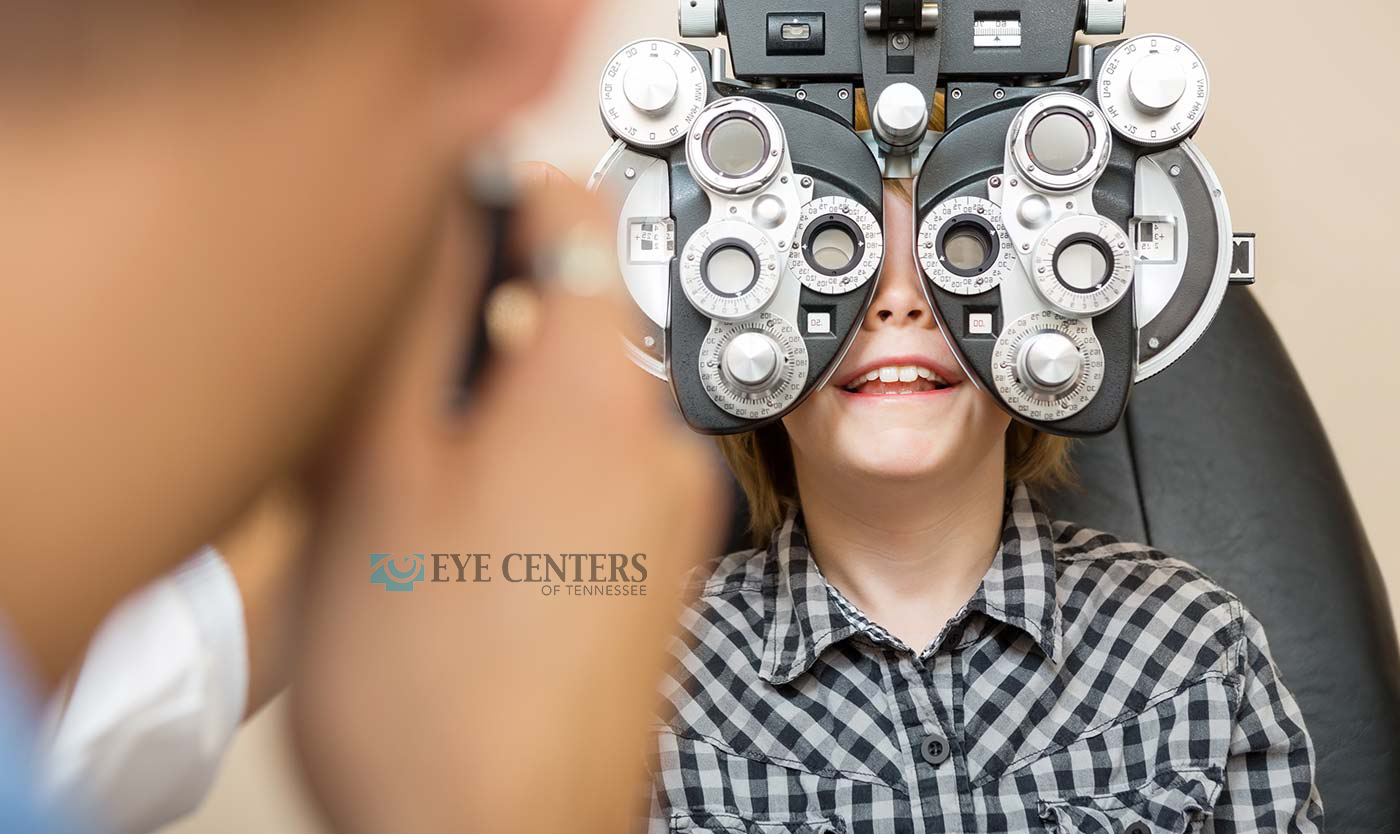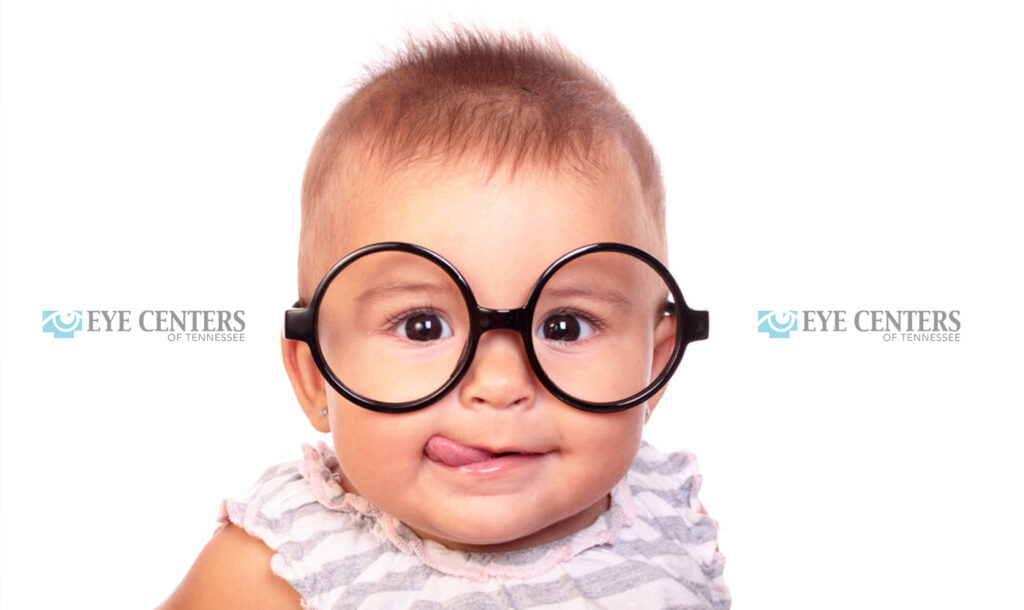
Sep 6, 2022
The most common eye conditions in young children.
As your child grows rapidly from birth to age three, your pediatrician will monitor each
physical milestone, including conducting brief vision screenings. However, it is important
to note that these screenings are not the same as a complete and thorough eye exam.
According to the U.S. Department of Health and Human Services, children should have
an eye exam around the ages of 3 or 4 to determine if their eyes are developing
normally. During an exam, an optometrist will examine, diagnose and treat any
underlying conditions. The most common childhood conditions we diagnose include
hyperopia, myopia, astigmatism, amblyopia, and strabismus. But what characterizes
these conditions and how are they treated? Let’s take a closer look at the table below.
Condition Characterizations Treatment:


It is imperative to diagnose and treat children’s eye issues as early as possible as these
conditions may worsen over time. We often have parents telling us they had no idea
their child was having difficulty seeing. Did you know that your child may be showing
physical signs of a vision deficit? Children have a hard time vocalizing symptoms, especially at an early age. If your child has vision issues, here are some indicators you
may notice; squinting, rubbing their eyes, complaining of headaches or fatigue, tilting
their head to look at something or showing a lack of interest in activities requiring acute
vision.
It may seem scary or daunting to bring your child in for an eye exam, but the
optometrists at Eye Centers of Tennessee will put you and your child at ease. We
believe in providing our community with compassionate, quality care and strive for
convenient, competitively priced services in our state-of-the-art facilities. Make an
appointment today to ensure your child receives the best in eye care!
